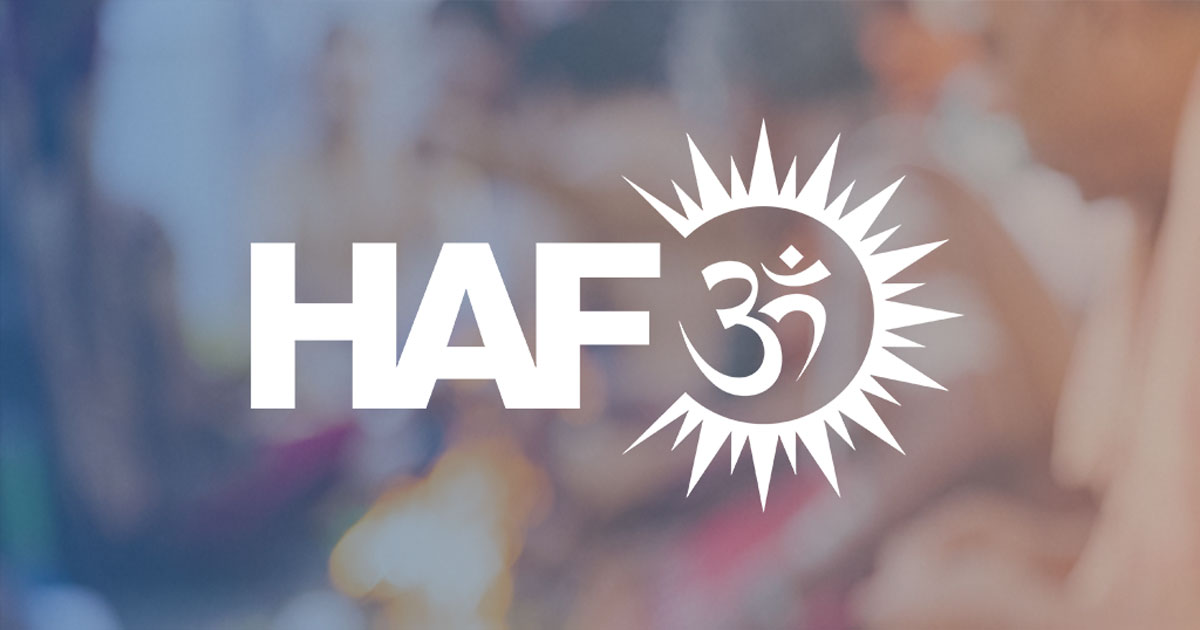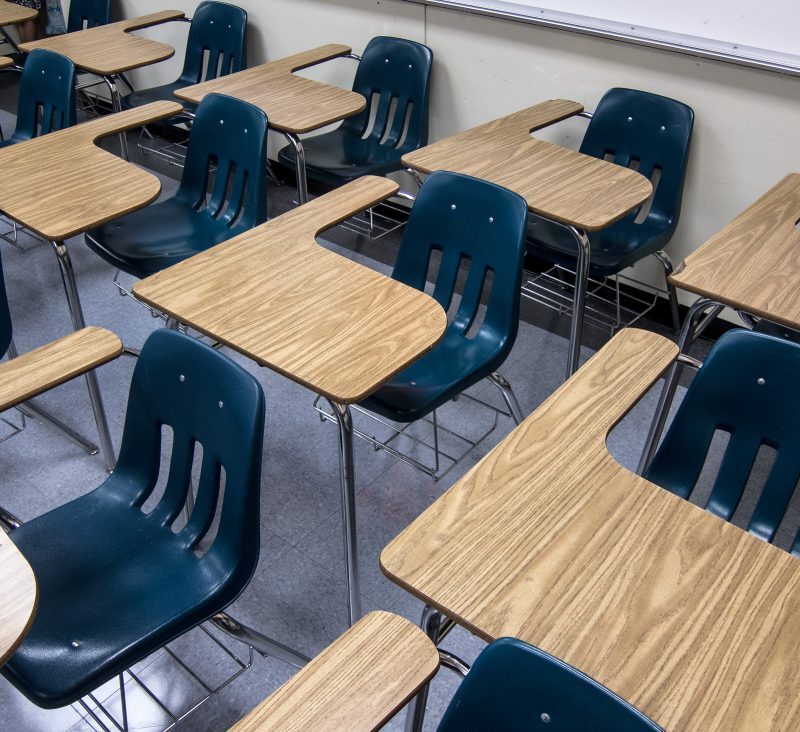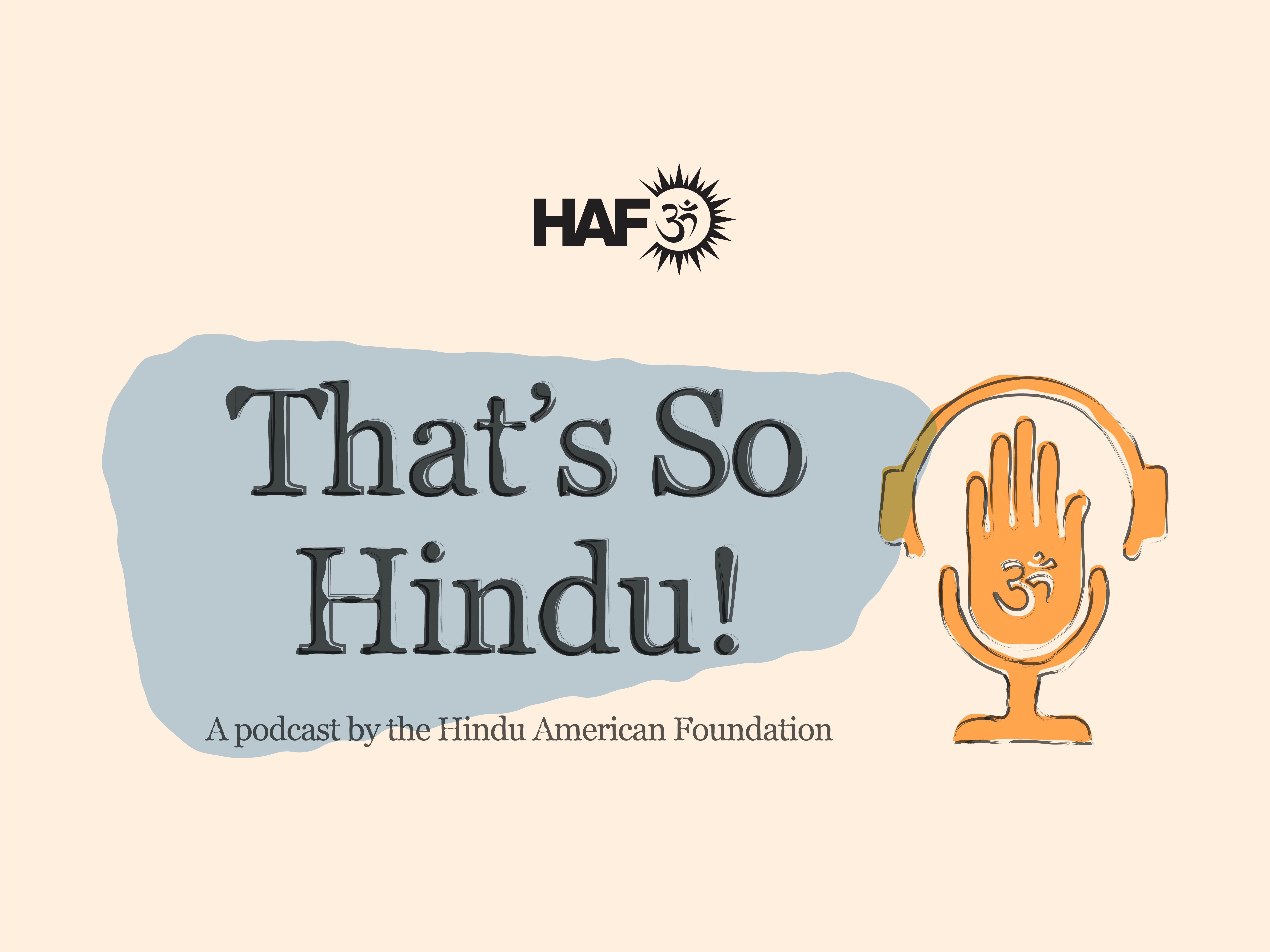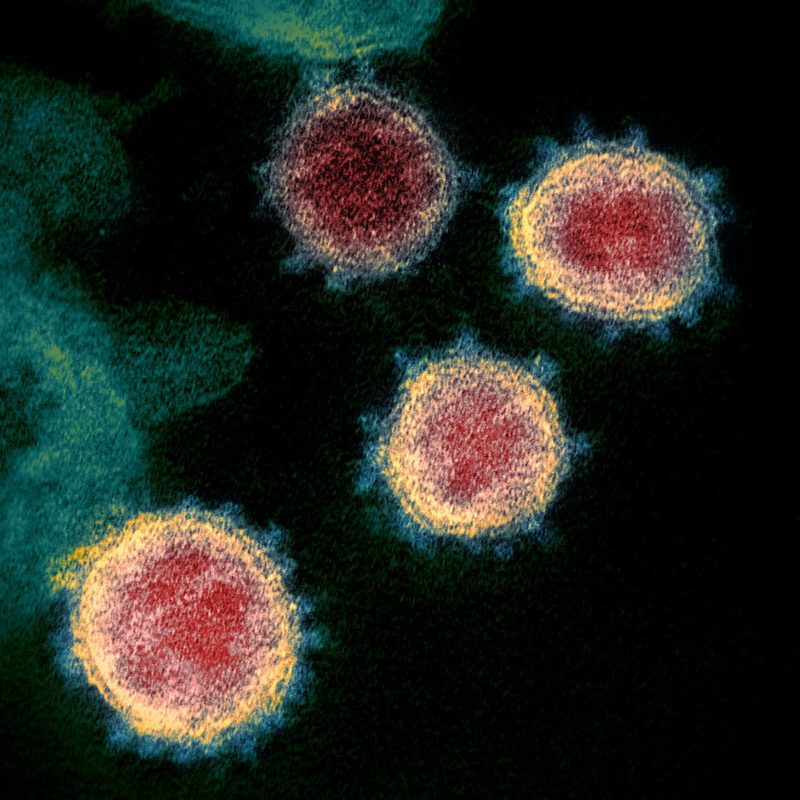

Tarak Nath Das
When Hinduism is discussed within the context of the American social and religious landscape, it’s usually labeled an immigrant religion, conflated with the experiences of communities that have come from India, the West Indies and other parts of the world over the last 50 years.
Hindus are often seen solely within the post-1965 lens, owing largely to two factors: the limited rights Hindus had in the country before the Asian Exclusion Act (part of the Immigration Act of 1924), and the ignorance many Hindus (particularly those who are from India) have about the presence of their religion in America for well over a century. Both, while taking place in different eras, have led to a general acceptance by most that Hinduism is a recent import to the West.
However, such a view overlooks just how much Hinduism – and Hindus – became interwoven into the American landscape prior to immigration restrictions being placed in the early 20th century. Beyond the influence Hindu philosophy had on 19th century intellectuals like Henry David Thoreau and Ralph Waldo Emerson (and later the Rev. Martin Luther King, Jr.), Hindus themselves were visible in America before the passage of the Asian Exclusion Act in 1924.
While many remember Swami Vivekananda’s speech at the World Parliament of Religions in 1893, what is often forgotten is the establishment of Vedanta Centers in the United States following his visit. The Vedanta centers in Northern California, including the Shanti Ashram, gave Hinduism a stable footing and a growing number of white followers who followed Vivekananda’s teachings.
But it wasn’t just the philosophical influence of Hinduism in the early 20th century. In the early 1900s, a small group of Hindu students – including Tarak Nath Das and Har Dayal – joined a larger group of Sikhs in agitating for greater rights in the United States and freedom for India. The movement became known as the Ghadar Party, and their activism during the World War I era caught the attention of both civil rights activists and the federal authorities, who sentenced Das and others to nearly two years in prison.
Despite being denied equal citizenship, Hindus continued to play a role in the American social fabric. Some became more tied to the cause of civil rights. During Lala Lajpat Rai’s three-year stay in the United States in the late 1910s, he connected Hindu Americans with leaders of the NAACP. His friendship with WEB Du Bois would make Du Bois more conscious of Hindu teachings, and the latter incorporated those sensitivities into his 1928 novel Dark Princess, published shortly before Rai’s death. Similarly, Kumar Goshal, a Hindu who became active in Communist politics in the United States, maintained close ties to Du Bois and is credited with helping to forge connections between Indian freedom leaders and African American luminaries like Paul Robeson. As one scholar noted, “He was an Indian patriot and at the same time devoted friend of all the peoples of Asia and Africa – including minorities in the United States – who sought freedom and their full due as human beings.”
Much of Goshal’s life has been relegated to the margins of niche historical accounts, but his impact was immeasurable, according to those who knew him. Sadly, the Hindu community in the United States never organized, owing partly to religious restrictions imposed in different parts of the country, and a lack of a critical mass of Hindus anywhere. Hindus in northern California, for example, worshiped at the Stockton Sikh temple at a time when they were unable to build their own houses of worship.
By the end of World War II, American understandings of the Hindu community and Hinduism reverted to largely exoticized caricatures. It wasn’t until the late 1960s that Hinduism regained its footing in the American social conscious, thanks in part to the Transcendental Meditation movement and the growing number of Hindu immigrants who established houses of worship in cities like New York.
As Hindu Americans become more prominent in today’s social, cultural, economic, and political landscape, learning about the pre-1965 history of Hinduism in America and early 20th century Hindus is critical to crafting a more holistic and inclusive Hindu American story. These past experiences can help future generations of Hindu Americans understand that their faith – and their contributions – aren’t so new to the story of our country.








































